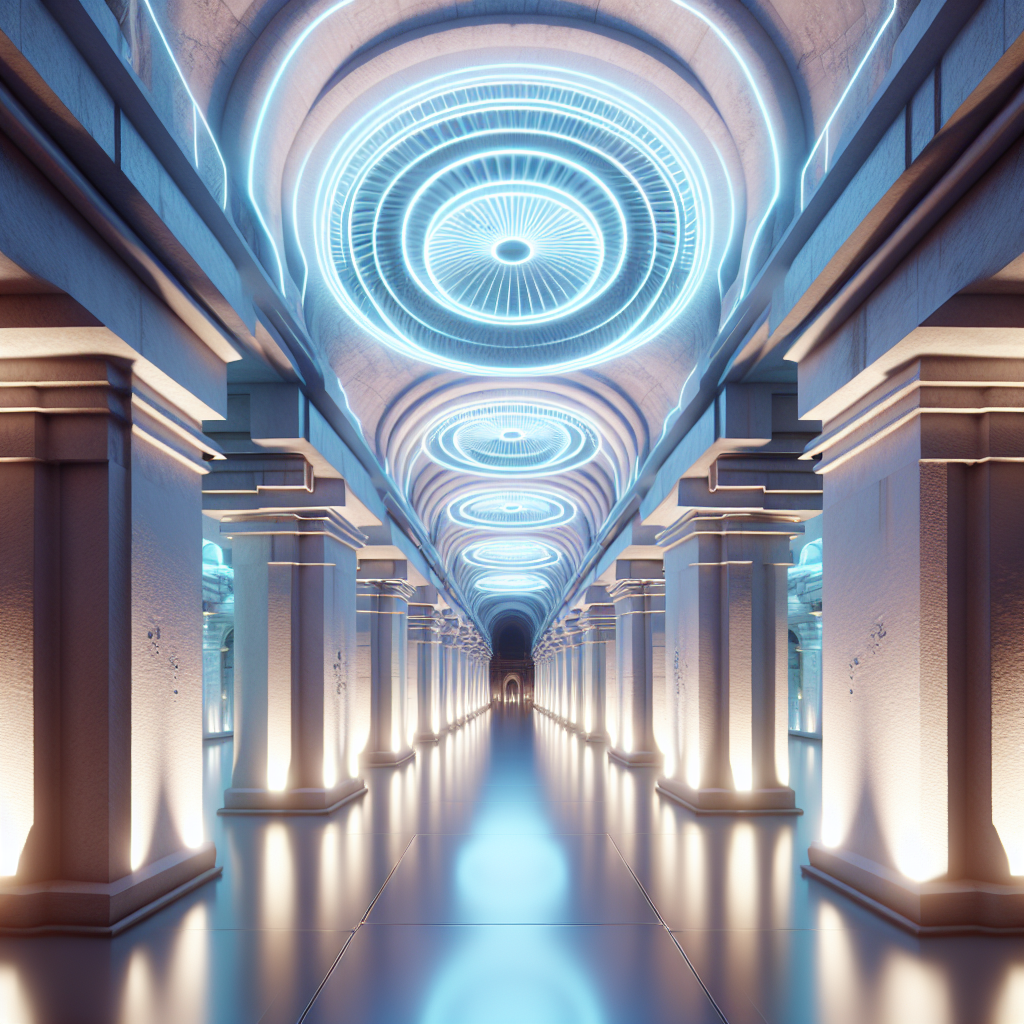Imagine a hidden tapestry of tunnels beneath the charm of San Germán, Puerto Rico, whispering secrets from centuries past. The subterranean tunnels of San Germán form a labyrinth of mystery, believed to have been crafted by colonial architects during the island’s Spanish colonial period, around the 16th or 17th century. Nestled in the southwest of Puerto Rico, San Germán presents an enticing blend of history and intrigue, waiting patiently to be explored and explained. These tunnels are a portal to the past, begging the question of why they exist and how they were used.
Historians and archaeologists explore these underground passageways with a mixture of fascination and skepticism. The most captivating idea is that these tunnels were used by the Spanish settlers to defend against pirate attacks, which were a common threat. Some suggest these could have been escape routes or secret pathways for moving goods or people in an era of unrest and colonial scheming. We see San Germán now, with its cobblestone streets and historic churches, and it's hard to imagine its potentially tumultuous past, hidden just below the surface.
Yet, it’s not solely about defense or evasion — the existence of these tunnels also paints a broader picture of colonization and its complexities. While colonialism often brings destruction and division, it also leaves behind stories that shape an area’s identity, sometimes layered with romance and rebellion. The tunnels of San Germán are a physical reminder of this legacy, illustrating how colonizers’ ingenuity was sometimes directed toward ultimate survival tactics.
The nature of these tunnels stirs debate within the community and among academics. Some local stories claim they were part of an underground railroad aiding escaped slaves. Others propose these could have been high-priest corridors or connected to secret Masonic activities. These theories reflect both a local pride and a deep skepticism over accepting only the colonizers’ narratives.
There's a whimsical thrill in thinking about what these tunnels have seen — whether they were echoing with urgent footsteps or sacred whispers. Unfortunately, historical records are sparse, leaving much to speculation. This lack of concrete evidence leads to a fascinating clash in opinions about their original purpose.
The uncertainties surrounding the tunnels spotlight gaps in historical documentation, especially evident in regions with colonized histories. This raises poignant questions about how we remember and value stories, particularly those of the indigenous Taino people, whose cultures and histories were often overshadowed or erased by colonial rule. While some dismiss these tunnels as simply remnants of old engineering feats, believing they bear little more significance than that, others argue they hold key insights into San Germán’s — and Puerto Rico’s — multifaceted past.
Efforts have been made to map these tunnels, and more modern exploratory techniques continue to shed light on their layout and purpose. However, there is a debate over how much to intervene. Some argue that these tunnels should be preserved meticulously as historical artifacts, which serve as cultural heritage sites providing educational opportunities and boosting tourism. Others contend that probing too much into these forgotten networks could disturb their enigmatic allure or alter their original state forever. The dilemma underscores larger conversations about preservation — what to save, how to save it, and when history concocts stories halfway between myth and reality.
While Gen Z navigates their role in confronting inherited narratives, such mysterious sites present opportunities for engagement and dialogue. The mysteries beneath San Germán invite us to ponder beyond textbooks and question standardized narratives. They push us to dig beneath the surface, literally and metaphorically, seeking answers while acknowledging that not all stories have neat endings.
These tunnels highlight an era when the world was an unpredictable place, filled with both opportunity and fear. They remind us of the dual nature of history, where protection from what lies above fosters a unique architectural ingenuity below. Exploring San Germán's underground passageways compels us to reflect on how historical narratives are formed and understand the complexities of our shared past. They urge us to honor and unearth these hidden stories, challenging today’s generation to preserve the past while still crafting tomorrow’s tales.

